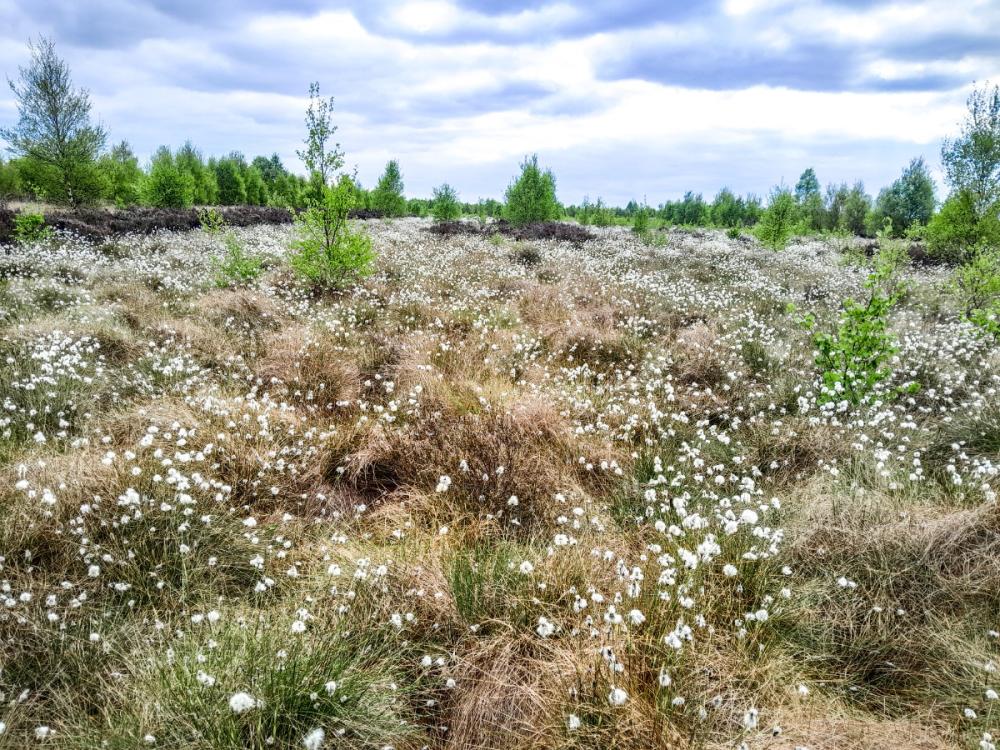search
date/time
 | Yorkshire Times Weekend Edition |
12:00 AM 23rd August 2025
nature
Volunteers Wanted To Search North Of England For Rare Butterfly

Thorne Moor in Yorkshire – one of the target project sites.
Photo: Butterfly Conservation
Butterfly Conservation is employing two new full-time members of staff to lead the two-and-a-half-year search across Yorkshire, Cumbria, Northumberland and Lancashire to look for the Large Heath butterfly. Elgol Fund for Nature have funded the £300,000 project to find out how this butterfly and other rare species are affected by climate change and human actions.
“We are excited to be embarking on this project, but also a little worried about what we are going to find out,” expresses Dave Wainright, Head of Conservation for England at Butterfly Conservation. “The last time we surveyed most of these sites was over 20 years ago, and I suspect a lot of them are now being affected by climate change.”
“It’s likely that some of the populations of Large Heath that we found 20 years ago will be gone completely now,” he continues, “and if that’s the case we need to find out so we can help others."

Large Heath Butterfly
Photo: Iain Leach
However, over the past 200 years, peat bogs across Europe have been destroyed by human action: we drain them to create agricultural land and harvest peat on an industrial scale to use as fuel and compost. Now climate change is bringing warmer weather, affecting the delicate balance of plants in peatlands and threatening to destroy these precious ecosystems.
The Large Heath is now listed on the IUCN Red List as 'vulnerable and decreasing in Europe'.“We don’t know precisely how the butterfly is faring in England because so few of its sites are monitored,” adds Dave. “We need to remedy this, and our new officers will soon be recruiting volunteers who are keen to help.”
In this project, Butterfly Conservation will work with partners to deliver nature-based solutions in peatland landscapes across northern England, and to investigate the ways habitat restoration can support threatened butterflies and moths. The last time Butterfly Conservation carried out a dedicated survey of Large Heaths on peat bogs was more than 20 years ago. Now, it aims to assess the state of 50 peat bogs across the north.

Emperor Moth
Photo: Iain Leach
Ultimately, Butterfly Conservation hopes to develop action plans for how to help the Large Heath and its fellow peat bog denizens. The charity will share its findings with landowners and other conservation organisations, along with some tailor-made site recommendations for certain areas.